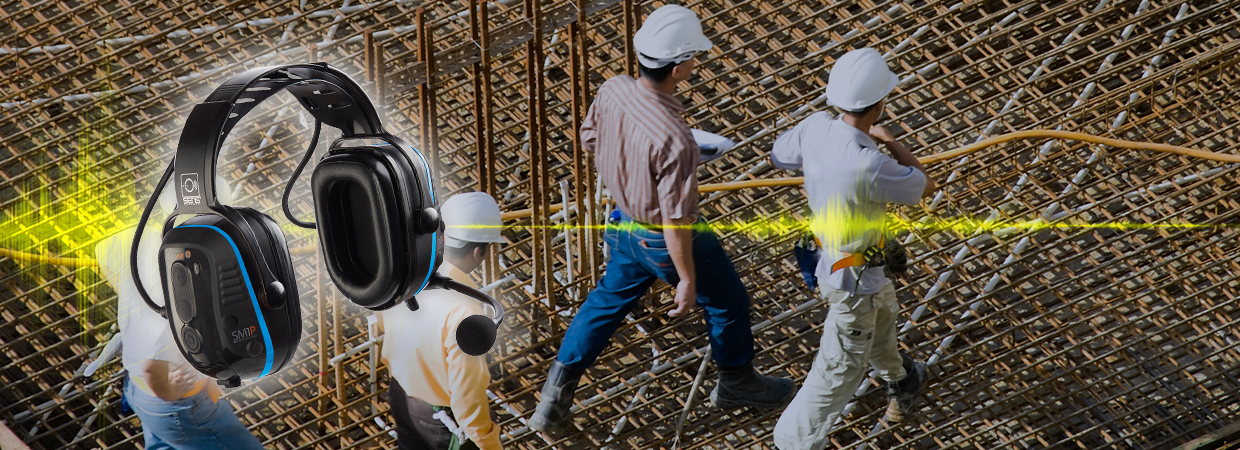- Home
- Blog
- Hearing Protection
- Is Your Hearing Protection Program Out of Date?

Is Your Hearing Protection Program Out of Date?
How Can My Hearing Protection Program be Outdated?
If you’ve made the investment in Hearing Protection Devices (HPDs) for your workplace, it has already been determined that you have a requirement or safety factor issue necessitating this equipment for your  particular environment. Selection of the correct HPDs for your workers involves evaluation of noise levels, applicable regulations (at federal, state, and local jurisdictions), communications requirements, and final consideration of available products that meet those needs.
particular environment. Selection of the correct HPDs for your workers involves evaluation of noise levels, applicable regulations (at federal, state, and local jurisdictions), communications requirements, and final consideration of available products that meet those needs.
Once you weigh each of these elements, you make a purchase, train workers in their proper use, and that’s all there is to it, right? Workers are protected, you’ve met your safety and legal commitments, and you can move on to other issues?
Well, not exactly.
Job site noise levels change, technology is always leaping forward, and we all know how regulations are in a constant state of flux. Non-compliance with regulations at any level can mean workers are not protected at safe levels, resulting in failure to pass inspections, significant penalties and fines, and even business disruption. Where noise levels are concerned, minor variations in decibel measurement may mean that the effectiveness of HPDs in use has been exceeded, placing the hearing of wearers at risk.
Communications and Technology Make the Difference
The old adage of “That’s the way we’ve always done it,” just doesn’t apply to today’s work environments. New methods are constantly being put into place with the help of technology. Where site managers and supervisors previously performed their functions admirably with paper schedules, notepads, and clipboards, the more effective tools are becoming tablets and smartphones. One real-life example of a need for process change involves a noisy worksite where a high-volume call box (or intercom) is utilized to broadcast important announcements or alerts to workers in the proximity. Those very workers may be wearing HPDs that reduce the volume of all sound making it more difficult to discern the call box announcement, which could conceivably mean missing an important safety alert.
So What Are My Options?
It’s increasingly important to continuously evaluate the workplace environment for safe noise levels. As the equipment is added or replaced, there is an associated impact on workers in the vicinity. This may include equipment as obvious as earth-moving vehicles or mining/drilling equipment, but may also be true of equipment such as adding printers or servers in a data center. Repeated analysis of the environment and regular measurement of noise levels will tell that part of the story so that you can determine if action is necessary.
Reviewing your methods for communicating can benefit from improvements in both safety and productivity. In the call box scenario mentioned earlier, a good solution may be to provide impacted workers with headsets or earplugs enabled with two-way or Bluetooth technology. These HPDs can block hazardous noise levels while providing clear communications capabilities.
What Should I Do?
If you lack in-house resources to effectively evaluate your processes and current HPD solution, it’s beneficial to consult with experts who can assist in these efforts. This is not a one-time undertaking, but rather a continuous or periodic commitment to improvement. The paybacks can be significant, with a return on investment (ROI) based on improvements in worker satisfaction, safety, and productivity.
Today’s headsets offer an effective and flexible approach to hearing protection, combined with reliable, digital communications. For additional information about how Sensear can address your hearing protection and communications requirements, contact one of our high-noise-level communication specialists.






